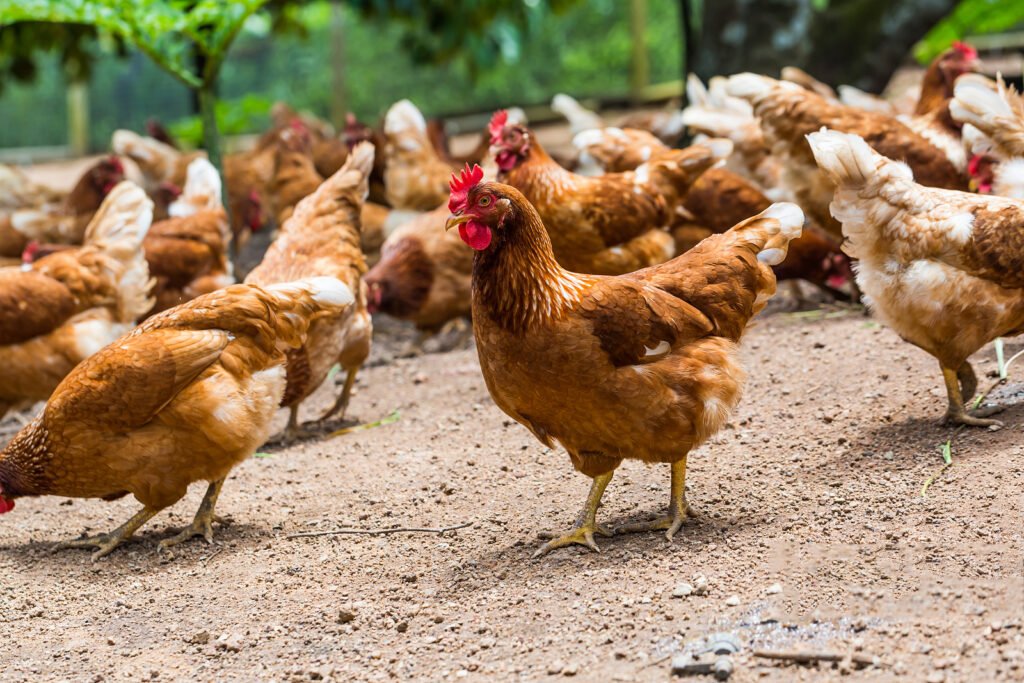Betaine is a known functional nutrient in broiler nutrition, which was in the past mainly used as betaine anhydrous extracted from sugar beets. Nowadays, it is also available as betaine hydrochloride from synthetic production.
Latest research highlights that nutritional properties of naturally derived and synthetic products are equal, unveiling a cheaper, non-hygroscopic as well as non-seasonal (available all year) source of betaine for the feed industry. However, special care should be taken that the free-flowing properties of betaine hydrochloride are always ensured, since hygroscopicity may limit application in feed factories. With a strong focus on the crystallisation process and correct application of a free flowing carrier, a non-hygroscopic betaine hydrochloride can be produced.
Betaine is absorbed via the duodenum. Human studies showed rapid absorption and distribution, with a peak increase in serum 1–2 h post food intake. Betaine is absorbed in the gastrointestinal tract (GIT); whereas up to 3/4 of it could remain at GIT intracellular level. Intracellular accumulation takes place via active (Na+ or Cl-) and passive (Na+) transport systems.
Betaine is eliminated by metabolism, not excretion, and catabolised via a series of enzyme reactions (transmethylation) that occur in the mitochondria of liver and kidney cells. The principal physiologic role of betaine is to act as an osmolyte and as methyl donor (transmethylation). As an osmolyte (dipolar zwitterion characteristics), betaine increases intracellular water retention and therefore protects intracellular enzymes against osmotic induced inactivation. As a methyl donor, betaine participates in the methionine cycle (mainly in the liver) and can be further used in transmethylation reactions for synthesis of essential substances like carnitine and creatine (Figure 1). Betaine had shown to also accumulate in other internal organs (gut, liver, kidney and heart) to protect them and enhance performance in human athletes.
Biological equivalence
Betaine is a zwitterion metabolite also known as trimethylglycine. It was first discovered in sugar beets and it is also present in other plants, animals and seafood. However, sugar beets contain exceptionally high levels of betaine which accumulate in condensed soluble (≈116,000 mg/kg). Nowadays, betaine is also available in several purified forms (anhydrous, monophosphate and hydrochloride betaine). Some questions were raised if osmoregulatory properties of betaine hydrochloride were similar to those of betaine anhydrous. To study this question, an in vitro trial was setup to mimic gastric passage. De Krimpe (University of Ghent, 2010; unpublished) evaluated the biological equivalence of different betaine sources. The products were dissolved in a solution of water and hydrochloride with pH 2.3 (gastric conditions) and then analysed.
Results showed that irrespective of the ionic form and production method (natural extraction vs. chemical synthesis) different sources of betaine gave the same analytical results (same m/z retention time pairs); therefore no difference in biological activity or osmoregulatory function should be expected. As after gastric passage both molecules are identical, no differences between betaine hydrochloride and betaine anhydrous as an effective feed additive could reasonably be expected.


